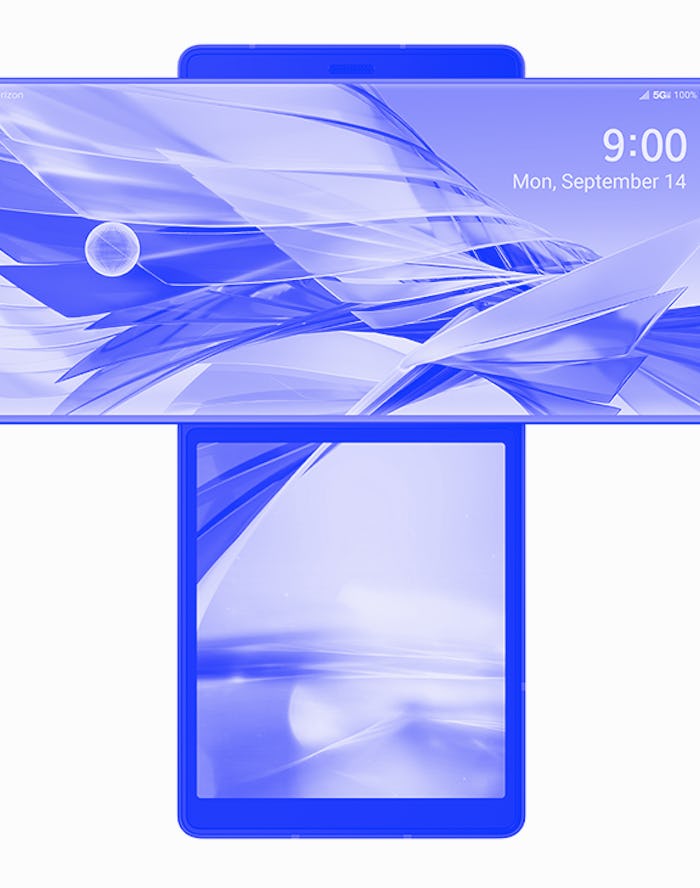It’s official: LG is out of the mobile phone business. After decades, the company finally decided to cut its losses and relinquish its stake as a purveyor of cellular devices come July.
LG’s Chocolate comes from an era where phones and MP3 players collided. The phone stood just under four inches tall and slid open to reveal a keypad. Just look at this knockoff click wheel! Real buttons! That you can click! This is an example of a time when LG’s bet on interesting form went absolutely right. The Chocolate ended up going Willy Wonka and sold 21 million units worldwide.
The Wing is incredible for several reasons, not the least of which is the fact that it’s a screen attached to another (swiveling) screen. Form factor aside, the LG Wing is notable for the fact that it was released in 2020, making it a true outlier among your typical one-piece homogenous glass rectangle. Unfortunately, quirkiness wasn’t enough to save the LG Wing or LG in general. Its hefty $1,000 certainly didn’t help.
LG’s Migo is a masterclass in appealing design. It’s tiny; it’s curvy; its two ear-like antennae even give it a Neopet quality, or if you’re a cynic, a charm equivalent to your car’s key fob. It is literally a phone designed for children, so naturally, it came in this incredibly garish green. If there is one thing this phone didn’t lack, it’s character. Shrek would totally rock this.
Speaking of curvy phones, the G Flex was among the first phones with a flexible OLED display that was supposedly bent the phone for better viewing angles while still retaining its structural integrity. Given what we’ve seen with foldable phones from Samsung and Huawei, it’s safe to say that the G Flex was actually pretty far ahead of its time even if it was met with fairly mixed reviews.
You didn’t necessarily need to have deep pockets to buy LG’s Optimus Vu, but you needed some wide ones. This phablet came with an oddball 4:3 aspect ratio, and while lacking the charm of LG’s other quirky phones, the Vu made up for it in rectangularity. The Vu also came with a stylus, pitting it against phones like Samsung’s Note. Not to rub it in, but I think we know which one of those phones eventually won out.
To see the inspiration for the LG Wing, look no further than the VX9400. The phone had a screen that swiveled out horizontally and revealed a physical keypad. The idea here was that the VX9400 could cater to users streaming live mobile TV — a rarity in 2008. While the design didn’t have a ton of staying power, it certainly paved the way for future devices in the LG catalog.
LG’s experimentation with multiple screens became a trend in the company’s recent endeavors. Phones like the G8X ThinQ Dual Screen were promised users an easier and more enjoyable way of multitasking or gaming. You could also detach the second screen if you felt like riding solo. But if you ask me, buying a dual-screen phone only to use one screen sounds more than a little deflating.
